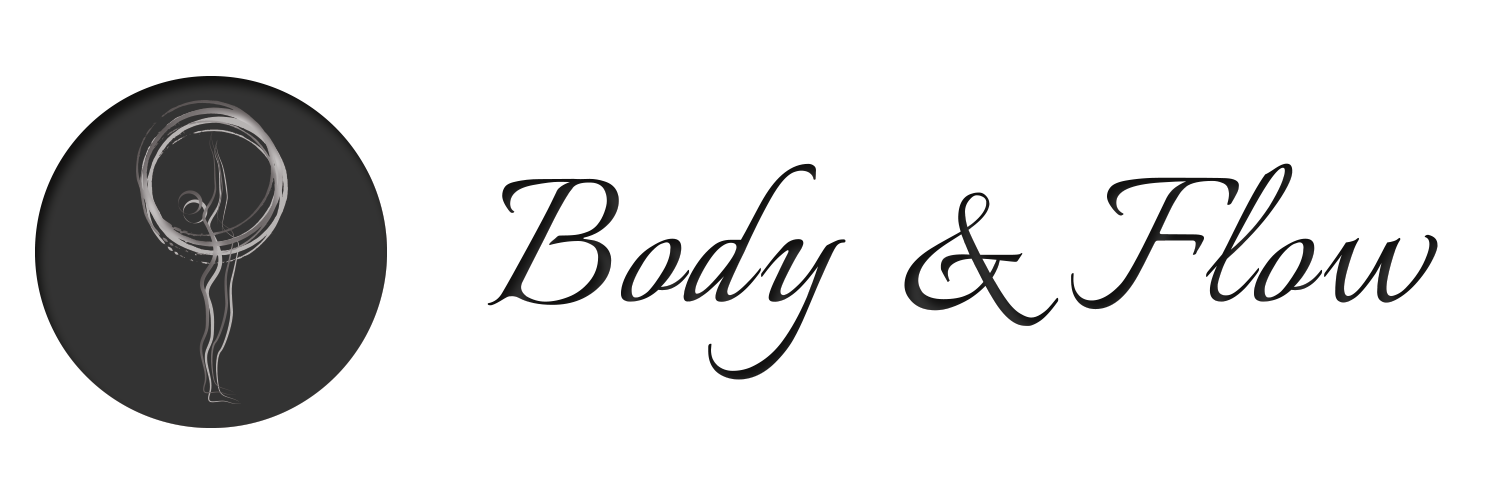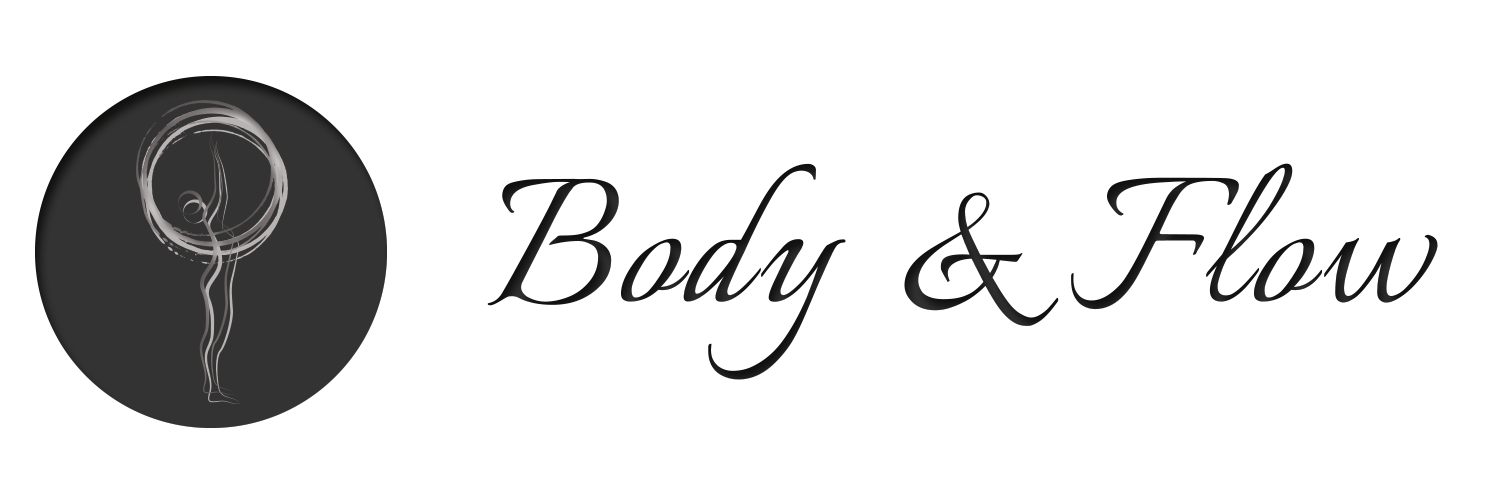Pain
Pain, whether acute or chronic, is an inevitable part of life, often stemming from injury, disease, or disruptions in the nervous system. Throughout history, pain has held different meanings and interpretations. In the dark ages, it was seen as a punishment from God, a consequence of one’s sins. However, in the 17th century, philosopher Rene Descartes proposed that pain originates in the brain rather than the affected limb. Today, it is estimated that around 20% of the population suffers from chronic pain. Different cultures and religions have varying perspectives on pain, with some viewing it as a religious matter, a divine punishment, or a result of personal actions. These beliefs can shape individuals’ attitudes toward pain relief and prioritize spiritual counseling over medical management.
Chronic pain and acute pain are two distinct forms of pain experienced by individuals. Here’s a comparison of these two types:
Acute Pain:
1. Acute pain is typically short-term and has a specific cause, such as an injury, surgery, or illness.
It serves as a warning sign from the body, indicating that something is wrong or damaged.
2. Acute pain usually subsides as the underlying cause heals or resolves.
3. The intensity of acute pain can range from mild to severe, and it is often proportional to the extent of tissue damage.
4. Treatment for acute pain focuses on addressing the underlying cause and providing relief through medication, rest, physical therapy, or other appropriate interventions.
5. Acute pain is considered a protective mechanism that prompts individuals to seek medical attention and take necessary steps to facilitate healing.
Chronic Pain:
1. Chronic pain persists beyond the normal healing period and lasts for more than three to six months.
2. It may result from an ongoing condition or injury, such as arthritis, fibromyalgia, nerve damage, or past trauma.
3. Chronic pain is often complex and can be influenced by various factors, including physical, psychological, and social aspects.
4. Unlike acute pain, chronic pain may not have a clear or identifiable cause and can sometimes be challenging to diagnose and manage effectively.
5. The intensity of chronic pain can vary from mild to severe, and it may fluctuate over time.
6. Treatment for chronic pain aims to improve quality of life, minimize pain, and enhance functionality through a multidisciplinary approach. This approach may involve medication, physical therapy, psychological interventions, lifestyle modifications, and alternative therapies.
7. Chronic pain can significantly impact a person’s daily activities, sleep, mood, and overall well-being, often requiring long-term management and support.
Here are some general guidelines to support your healing process and manage pain effectively:
1. Get sufficient rest and sleep: Aim for 8 hours of quality sleep to facilitate lymphatic and tissue repair.
2. Stay active: Engage in a 10-minute walk or light exercise daily to promote circulation and overall well-being. Remember to consult with a healthcare professional before starting any exercise program.
3. Maintain a healthy diet: Eat nutritious meals to provide your body with essential nutrients for healing and overall health.
4. Use the injured limb: Avoid complete immobilization of the injured limb to prevent weakness and promote nerve stimulation. Gradually incorporate safe movements and exercises as recommended by your healthcare provider.
5. Consider the whole person: Look beyond the affected organ or area of pain and take into account the individual’s dreams, limitations, and expectations. Holistic approaches that address physical, emotional, and social aspects can contribute to overall well-being.
6. Harness adrenaline: Adrenaline release can increase pain threshold and support the body’s immune response. However, it’s important to note that adrenaline should be released naturally through appropriate activities and not through risky behaviors.
7. Train your brain: The brain’s perception of pain can be influenced and modified. Techniques such as mindfulness, meditation, and relaxation exercises can help increase pain tolerance and promote a sense of control.
8. Embrace pain as a guide: Rather than viewing pain as a hindrance, see it as valuable feedback signaling areas in need of attention. Treat pain as a guiding light to prioritize self-care and seek appropriate professional guidance.
Remember, these guidelines serve as general recommendations and may vary depending on individual circumstances. Always consult with qualified healthcare professionals for personalized advice and treatment options tailored to your specific needs.



